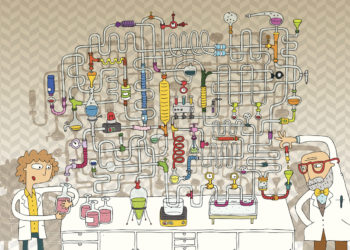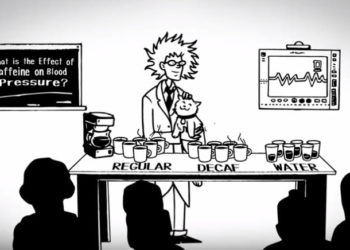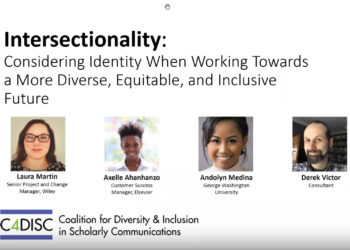An interesting Science paper from 2005 was recently featured on the Futility Closet blog, offering a look at both an interesting experimental protocol and the psychological phenomenon it exposed, choice blindness. Basically, research subjects were shown photographs of two people and asked to choose which they found to be more attractive. They were then handed the photo they chose and asked to explain why they found that person more attractive. The experimenter used sleight-of-hand techniques, however, to switch the photos, and what they were actually handed was the image of the person they didn’t choose. The majority of research subjects did not notice the switch, and went ahead and created a rationale for why the non-chosen image was the more attractive one.
A similar experiment was done with a taste test of different jams. The subject chose their favorite, which was then switched with the one they didn’t choose, and they then explained why the non-chosen jam was superior.
These are both great examples of choice supportive bias, or post-purchase rationalization. It explains a lot about how unreliable online product reviews can be. We all want to feel we made the right choice, even if this requires some level of self-deception in retroactively justifying that choice. Also, this would be a difficult experiment to reproduce — think of how much training in close-up magic a graduate student would need.
Discussion
3 Thoughts on "Experimental Sleight-of-Hand and Choice Blindness"
Years ago, I did my MA thesis on a variant of this – self-deception, essentially how do you maintain a belief system in light of strong, contradictory evidence to the belief. I had never thought of it with respect to academic publishing but I have just been drafting a discussion document on DEI for COPE and one element in the task is thinking about unconscious bias. I do think it is germane to think of choice supportive bias with respect to peer review and evaluation of scholarly manuscripts. Similar work to Festinger’s cognitive dissonance theory and Kuhn’s theory of resistance to shifting paradigms. Interesting read.
For people (like me) who find this kind of research fascinating and important, I highly recommend Robert Cialdini’s recently revised book, “Influence: The Psychology of Persuasion”. It details with both peer-reviewed references and entertaining anecdotal stories 7 methods that “influencers” (eg salespeople, recruiters, fundraisers) use to shape our attitudes to their benefit. The “jam” use of choice blindness is an example of using a basic trick to change a consumer choice, and would fit well in that book. By the way, each chapter ends with recommendations on how to defend yourself against these tactics.
So which is it? Duck Season or Rabbit Season?



